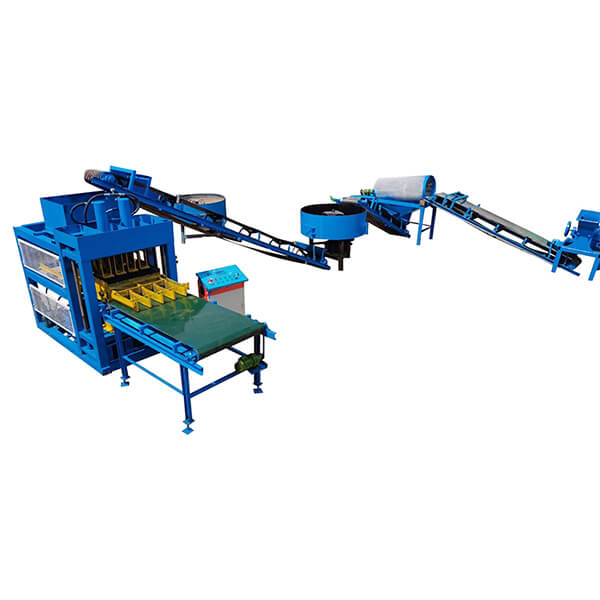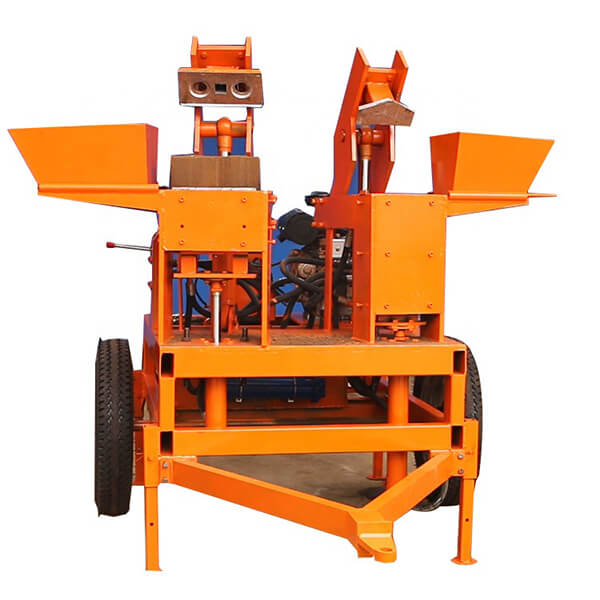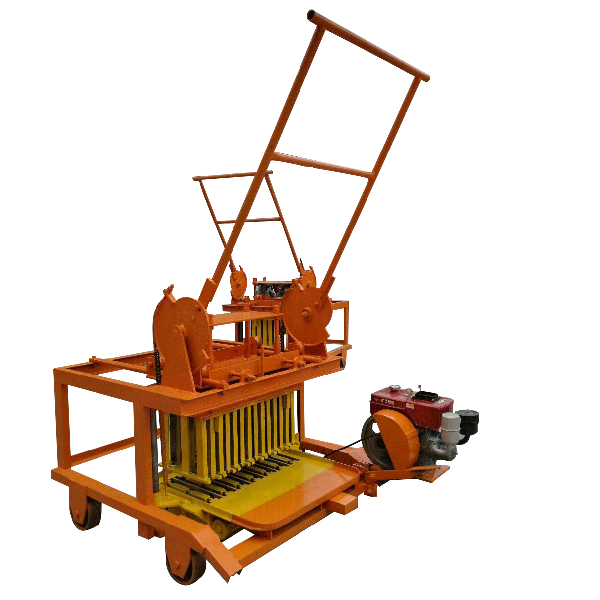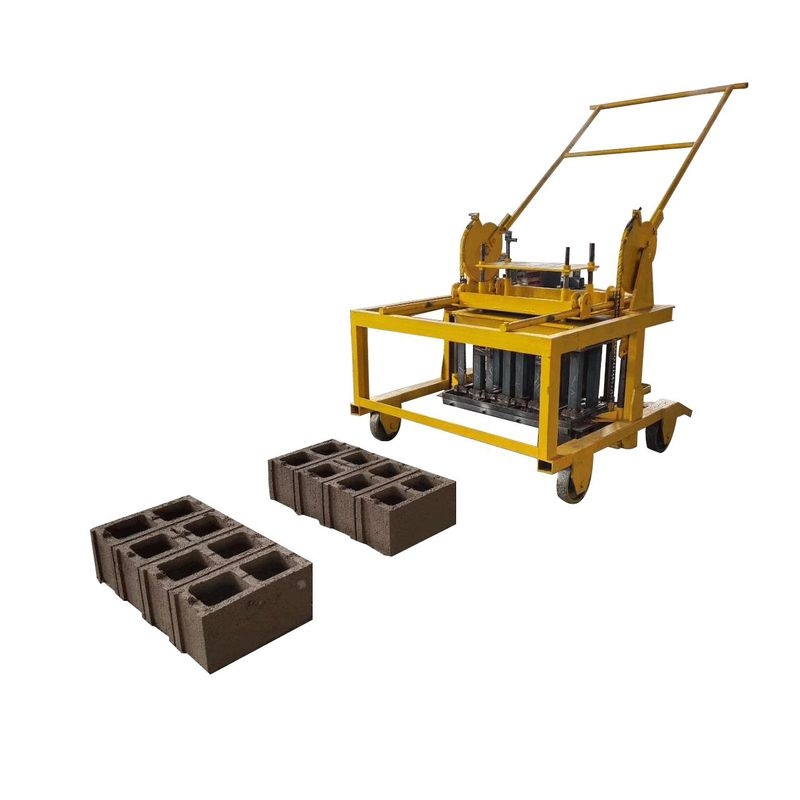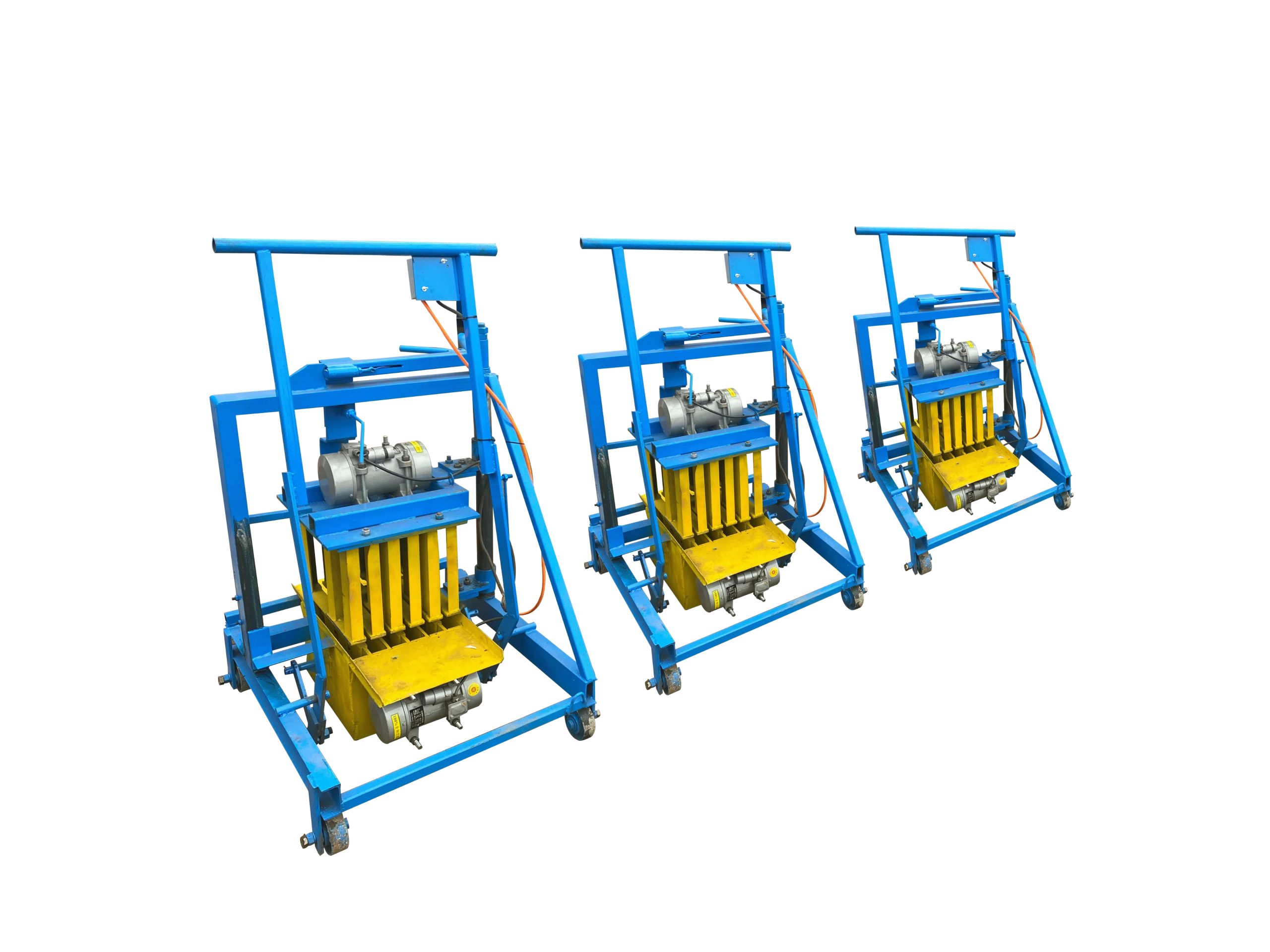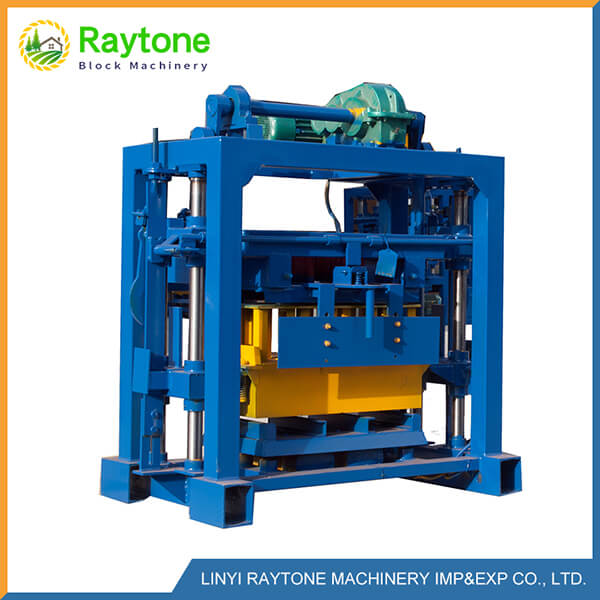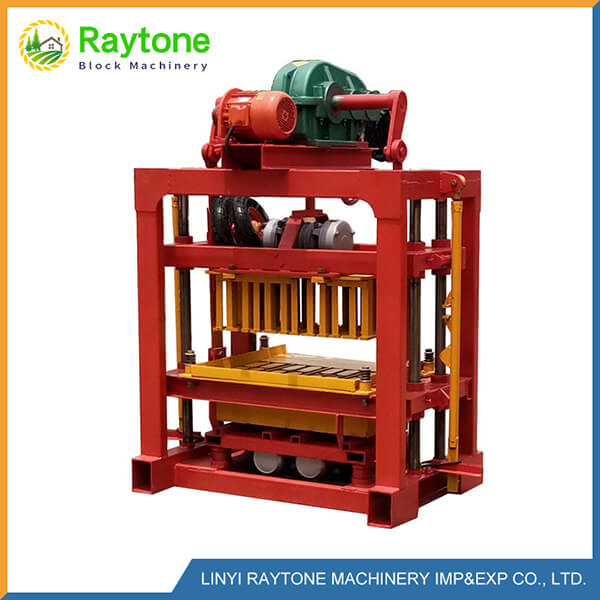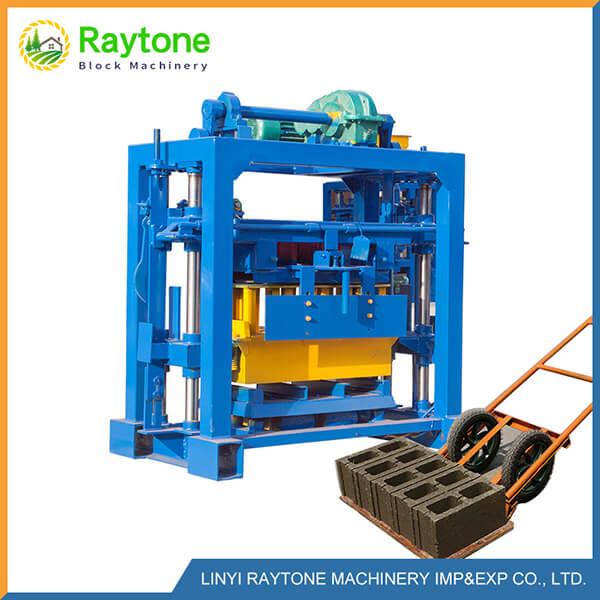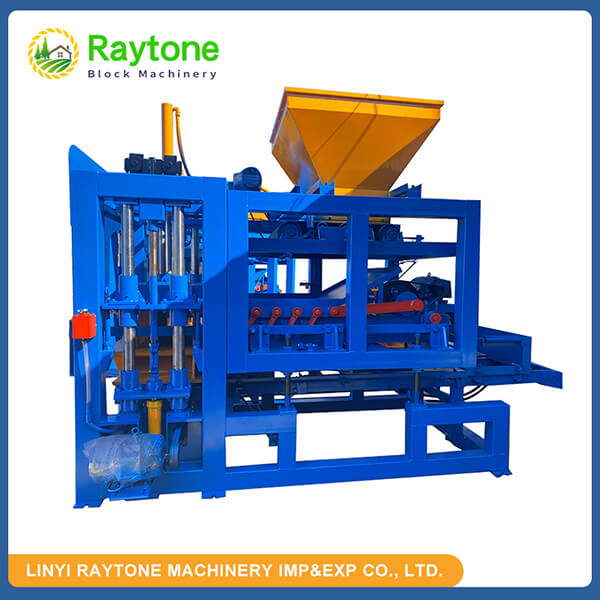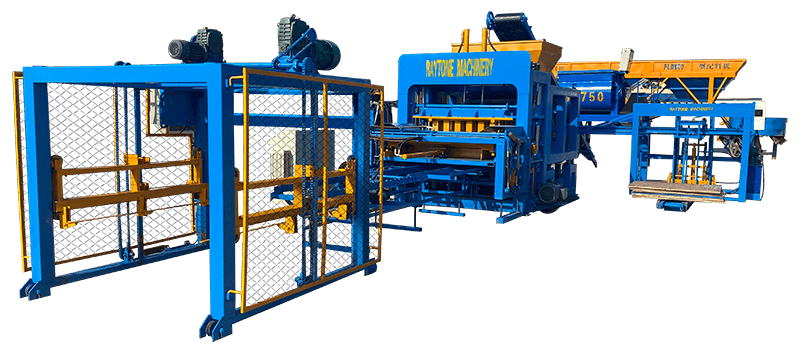Operating the QT4-40 manual brick making machine is a straightforward process that can be mastered with proper guidance and practice. To begin, ensure the machine is set up on a level surface and all components are properly assembled. Load the mold with the prepared concrete mix, then use the manual lever to apply pressure and form the blocks. Once formed, carefully remove the blocks and place them on pallets for curing. Regular maintenance, including cleaning the mold and lubricating moving parts, is crucial for optimal performance. With its user-friendly design, the QT4-40 allows even those new to brick-making to produce quality blocks efficiently.
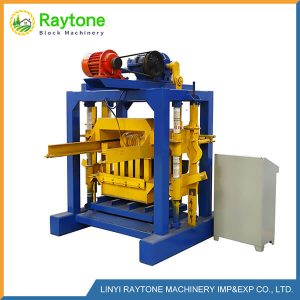
Preparation and Setup for Brick Production
Choosing the Right Location
Selecting an appropriate location for your QT4-40 manual brick forming machine is crucial for efficient production. Look for a flat, stable surface that can support the weight of the machine and materials. Ideally, choose an area with ample space for material storage, brick curing, and worker movement. Consider factors such as proximity to water sources and protection from harsh weather conditions to ensure a smooth production process.
Assembling the Machine Components
Before starting production, it’s essential to properly assemble all components of the manual brick making machinery. Begin by carefully unpacking all parts and referring to the manufacturer’s instructions. Ensure that the frame is securely fastened and level. Attach the mold box, compression mechanism, and any additional accessories as per the guidelines. Double-check all connections and bolts to prevent any mishaps during operation.
Preparing the Concrete Mix
The quality of your bricks largely depends on the concrete mix used. For the QT4-40 manual block machine, prepare a mix of cement, sand, and aggregates in the recommended ratios. Add water gradually to achieve the right consistency – the mix should be moist but not overly wet. It’s crucial to maintain consistent proportions throughout the production process to ensure uniform brick quality. Consider using a concrete mixer for larger batches to save time and effort.
Step-by-Step Guide to Operating the QT4-40
Loading the Mold
Begin the brick-making process by loading the prepared concrete mix into the mold of your QT4-40 manual brick forming machine. Use a shovel or scoop to fill the mold evenly, ensuring that all corners and edges are properly filled. Avoid overfilling, as this can lead to imperfections in the final product. Gently tap the sides of the mold to settle the mixture and eliminate any air pockets that might compromise the brick’s strength.
Applying Pressure and Forming Blocks
Once the mold is loaded, it’s time to form the blocks using the manual compression mechanism. Grasp the lever firmly and pull it down with steady, even pressure. This action compresses the concrete mix, shaping it into the desired block form. The amount of pressure applied can affect the density and strength of the final product, so maintain consistency in your technique. Release the lever slowly to avoid disturbing the newly formed block.
Removing and Curing the Blocks
After compression, carefully remove the formed blocks from the mold. This step requires gentle handling to prevent damaging the fresh blocks. Place the blocks onto pallets or a designated curing area. Proper curing is crucial for developing the blocks’ strength and durability. Keep the blocks in a shaded area and mist them with water regularly for the first few days to ensure proper hydration. Allow sufficient curing time before stacking or using the blocks.
Maintenance and Troubleshooting
Regular Cleaning and Lubrication
To keep your QT4-40 manual brick forming machine in top condition, implement a regular cleaning and lubrication routine. After each production session, thoroughly clean the mold, hopper, and all surfaces that come into contact with the concrete mix. Use a wire brush or scraper to remove any hardened concrete. Lubricate moving parts such as the lever mechanism and hinges with appropriate grease or oil. This maintenance not only prolongs the machine’s lifespan but also ensures consistent brick quality.
Addressing Common Issues
Even with proper maintenance, you may encounter some issues while operating your manual block machine. Common problems include uneven brick formation, sticking in the mold, or inconsistent density. If bricks are forming unevenly, check the level of your work surface and the distribution of mix in the mold. For sticking issues, ensure the mold is clean and properly lubricated. Inconsistent density often results from variations in mix consistency or compression force – maintain strict quality control in your concrete preparation and compression technique.
When to Seek Professional Help
While many issues can be resolved through routine maintenance and minor adjustments, some problems may require professional assistance. If you notice significant wear on crucial components, experience frequent breakdowns, or observe a persistent decline in brick quality despite your best efforts, it’s time to consult with a specialist. Professional technicians can provide expert diagnostics, perform necessary repairs, and offer advice on optimizing your machine’s performance for long-term success in brick production.
Conclusion
Operating the QT4-40 manual brick making machine efficiently requires a combination of proper setup, consistent technique, and regular maintenance. By following the steps outlined in this guide, you can maximize your production output while ensuring high-quality bricks. Remember that mastery comes with practice, so don’t be discouraged by initial challenges. With patience and attention to detail, you’ll soon be producing professional-grade bricks consistently with your QT4-40 manual block machine.
Contact Us
Ready to elevate your brick-making operations? At Raytone Machinery, we’re committed to providing top-quality manual brick making machinery and unparalleled customer support. Our QT4-40 manual block machine offers the perfect blend of simplicity, durability, and performance for small to medium-scale projects. Experience the difference of our cost-effective solutions and expert guidance. Contact us today at hazel@raytonechina.com to learn more about how we can help you achieve your brick production goals.
References
- Johnson, A. (2021). Manual Brick Making: Techniques and Best Practices. Construction Technology Journal, 15(3), 45-58.
- Smith, B. & Lee, C. (2020). Optimizing Small-Scale Brick Production: A Comprehensive Guide. Building Materials Today, 8(2), 112-125.
- Zhang, L. (2022). Maintenance Strategies for Manual Block Machines. International Journal of Construction Equipment, 11(4), 78-92.
- Brown, D. et al. (2019). Quality Control in Manual Brick Manufacturing. Journal of Sustainable Construction, 7(1), 33-47.
- Taylor, R. (2023). Innovations in Small-Scale Brick Making Technology. Construction Innovation Review, 14(2), 55-69.
- Garcia, M. & Patel, K. (2021). Ergonomics and Safety in Manual Brick Production. Occupational Health in Construction, 9(3), 102-116.


